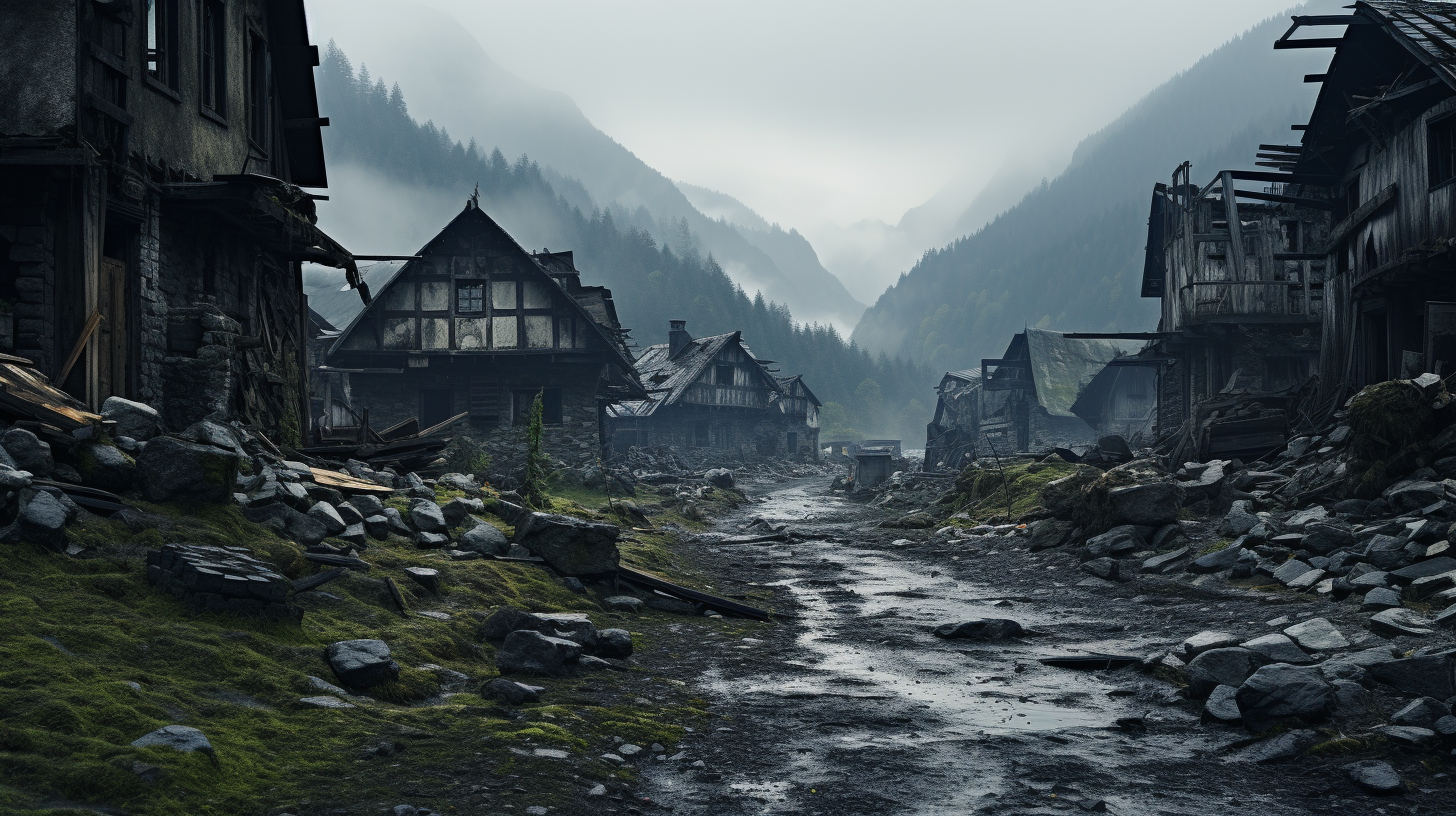In the wake of humanity’s relentless march towards an uncertain future, a peculiar phenomenon continues to unfold amidst the ruins of our once-thriving settlements. These abandoned places, now colloquially known as Nature’s Ghost Towns, emerge as the stage for a silent and unexpected counter-narrative: the potential rebirth of ecosystems long thought to be stifled under the heavy hand of human development.
Walk with us through the desolate streets where wild grass breaks through the cracks of the asphalt jungle, and the once-persistent hum of industry is replaced by the ghostly whispers of the wind. These are no longer sites of human hustle but have become enigmatic testaments to nature’s indomitable will.
Consider, for instance, the haunting beauty of Chernobyl’s Exclusion Zone, where wildlife teems amidst the shadows of radioactive dread. Here, researchers gaze in awe at the resurgence of flora and fauna, which have reclaimed this poisoned chalice of humanity’s hubris. It is a regrowth both fascinating and troubling—nature’s adaptability is commendable, yet it unfolds in the backdrop of a disaster that echoes human folly.
It’s not just nuclear wastelands that herald the burgeoning glimmers of ecological revival. Coastal towns, deserted due to rising sea levels and ferocious storms, now serve as the reluctant canvases for a burgeoning marine takeover. Fish dart through the waterlogged ruins of homes and marketplaces, and coral, resilient and colorful, clings to the walls that once fortified man against nature’s onslaught.
Let us also gaze upon the forgotten rural villages, swallowed by encroaching forests and persistent vine, their dilapidated buildings now housing an array of biodiversity. These arboreal vestiges seem almost to celebrate the land’s emancipation from agricultural chains, a liberation accompanied by the return of bees, butterflies, and birdsong. Yet, there is a stark melancholy in these rebirths, a reminder of the abandonment that prefaced them.
Amidst these tales of resurgence, scientists caution us of ecological traps. The semblance of recovery in these spectral towns belies the often precarious and superficial nature of these rebirths. Invasive species may thrive unchecked, and the delicate balance of new ecosystems teeters on the edge of collapse. While these sites symbolize a nature unchained, they also symbolize the fragility of ecological succession in a world still very much shaped by human impact.
Nature’s will to prevail may give us a glimpse into potential futures, perhaps even a sliver of hope. But within these ghost towns, within their silent resilience, there lies a powerful testament to the consequences of our environmental negligence. As we stand at the crossroads of disaster and regeneration, these haunting enclaves offer not redemption, but a poignant question: What legacies do we choose to leave behind in our retreat?
The mingling of beauty and desolation within Nature’s Ghost Towns is no mere curiosity—it is a dance of death and life. A thought-provoking paradox challenging humanity to discern the path of harmony with nature before it’s irreversibly chosen for us by the forces we once sought to dominate.
